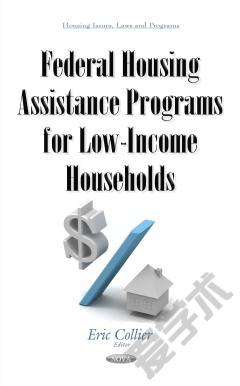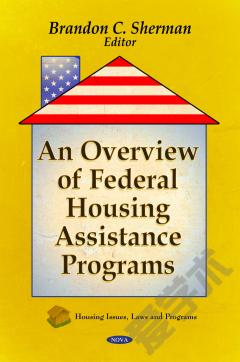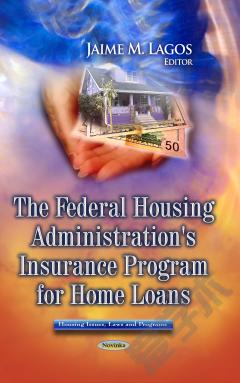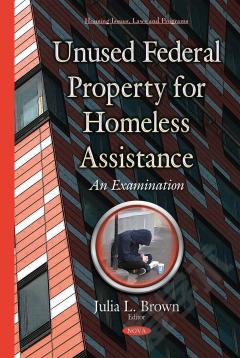Federal Housing Assistance Programs for Low-Income Households
In 2014, the federal government provided about $50 billion in housing assistance specifically designated for low-income households. That assistance—which is made available both through spending programs and preferential tax treatment—increased by about 15 percent in real (inflation-adjusted) terms between 2000 and 2003. Since that time, such assistance has remained relatively stable at about $50 billion annually (measured in 2014 dollars), with the exception of a temporary boost, mostly in 2010 and 2011, associated with the American Recovery and Reinvestment Act of 2009 (ARRA). The Congressional Budget Office report, provided in this book, discusses the ways in which the federal government provides housing assistance to low-income households, examines how that assistance has changed since 2000, and provides information about the households that receive assistance. In addition, the book assesses policy options for altering that assistance. The book also identifies the federal, state, and local government funded programs that provide rental assistance to low-income households and identifies indications of program fragmentation and overlap; assesses the extent of intergovernmental collaboration for rental assistance; and determines what is known about performance at the federal level, at selected state and local jurisdictions and for the collective performance of the levels of government providing rental assistance.
{{comment.content}}








 京公网安备 11010802027623号
京公网安备 11010802027623号